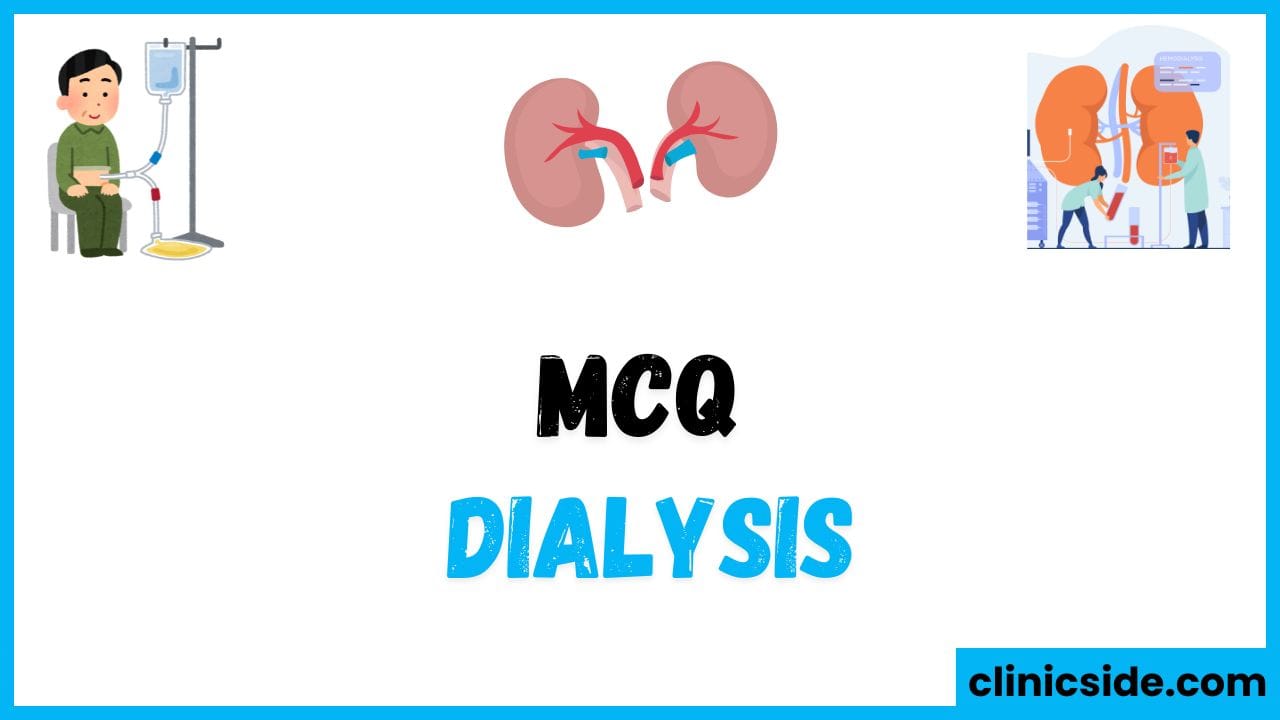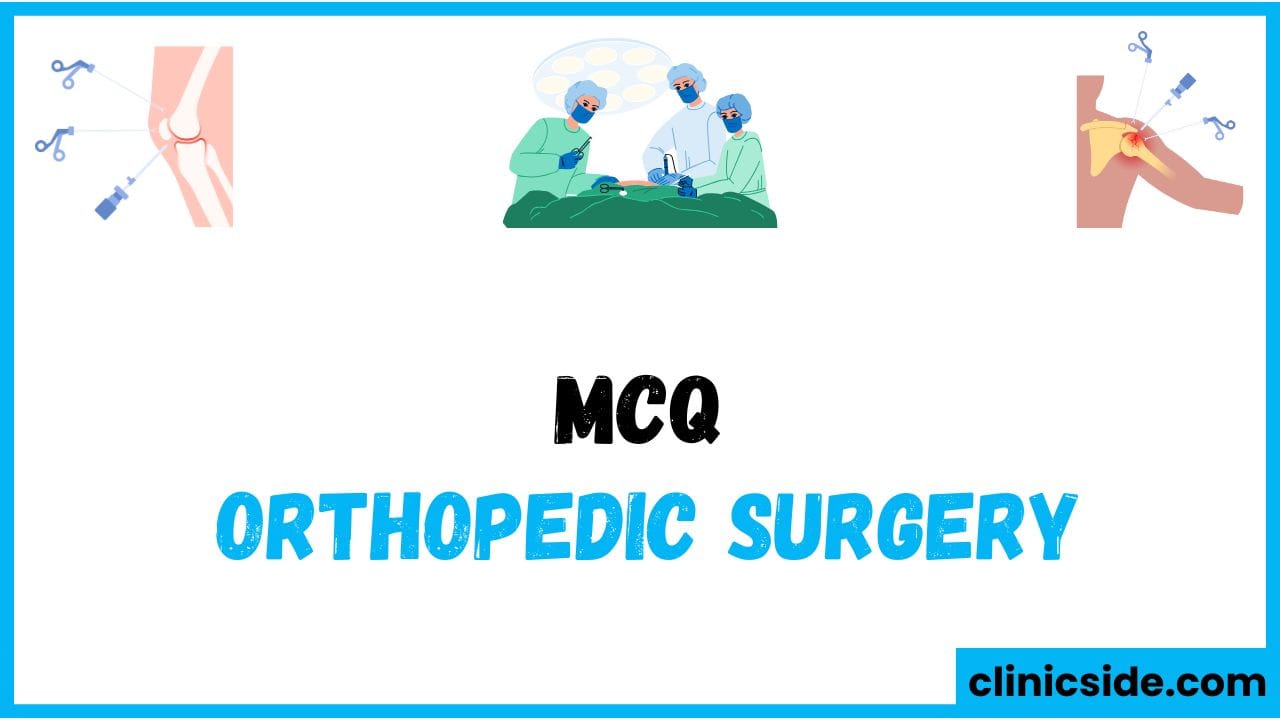Quiz
Available options: 1 to 20
Overview of Dialysis Treatments
Dialysis is a vital treatment for patients whose kidneys can no longer perform essential filtering functions. It helps to remove waste, excess fluids, and toxins from the blood, providing temporary support until the kidneys recover or a more permanent solution, such as a kidney transplant, can be implemented. There are two main forms of dialysis: hemodialysis and peritoneal dialysis. Both methods are designed to perform the kidneys’ role, but they differ in their procedures, benefits, and risks.
Hemodialysis: Uses and Associated Complications
Hemodialysis is commonly employed for treating acute kidney injury (AKI) when kidney function deteriorates rapidly. In this procedure, the patient’s blood is filtered through a special machine known as a dialyzer, which removes waste and excess fluid before returning the cleaned blood to the body. While hemodialysis can be life-saving, it comes with several potential complications. The most common issue is hypotension (low blood pressure), which can cause dizziness and fainting. The dialysis requires an access point in the patient’s bloodstream, typically in the jugular vein, but this access site can also become a source of infection or clotting if not properly managed.
Peritoneal Dialysis: Indications and Benefits
Peritoneal dialysis uses the peritoneal membrane, the lining of the abdominal cavity, to filter waste and excess fluids. It is primarily used in patients with chronic kidney disease (CKD) who need long-term renal support. A key advantage of peritoneal dialysis over hemodialysis is its flexibility, as it can often be done at home, requiring fewer trips to the hospital. However, it carries the risk of peritonitis, an infection of the abdominal lining, which can lead to serious complications if not treated promptly.
When Dialysis Is Necessary: Initiating Treatment for Renal Failure
Dialysis is typically initiated when kidney function has declined significantly. One indicator for starting dialysis is when the glomerular filtration rate (GFR) falls below 10-15 mL/min, signaling severe kidney dysfunction. In such cases, dialysis becomes necessary to eliminate waste and excess fluid from the body, as kidney failure causes these to accumulate, leading to toxic levels. Managing electrolyte imbalances, especially high potassium levels (hyperkalemia), is a major concern during dialysis, as it can lead to life-threatening complications like cardiac arrhythmias.
Types of Dialysis Access and Considerations
For hemodialysis, a patient requires a vascular access site where blood can be drawn and returned to the body. This is typically achieved through the jugular vein, although other veins may be used. In contrast, peritoneal dialysis involves inserting a catheter into the abdomen. However, peritoneal adhesions can be a contraindication for this type of dialysis, as the procedure may become more difficult and less effective in patients with scarring in the peritoneum.
Complications and Side Effects of Dialysis
Both types of dialysis are associated with various complications. For hemodialysis, infection at the access point is a major risk. Patients may also experience hypotension, which can cause symptoms like dizziness or fainting during the treatment. For peritoneal dialysis, peritonitis is a serious concern, as it involves an infection of the peritoneal lining. Both treatments can lead to anemia, which is commonly managed with erythropoiesis-stimulating agents (ESAs) to promote the production of red blood cells. Additionally, electrolyte disturbances, especially hyperkalemia, require constant monitoring to prevent dangerous complications.
Managing Anemia and Other Dialysis Side Effects
Anemia is a frequent issue for dialysis patients, as the kidneys no longer produce adequate amounts of erythropoietin, the hormone responsible for stimulating red blood cell production. Dialysis can also cause fluid overload and electrolyte imbalances, all of which require ongoing management to maintain the patient’s health and prevent further complications. Managing these side effects effectively is essential for improving the quality of life of patients undergoing dialysis.
Continuous Renal Replacement Therapy (CRRT)
For critically ill patients with acute kidney injury (AKI), continuous renal replacement therapy (CRRT) offers an alternative to traditional dialysis. CRRT is a slower, continuous method of dialysis that is especially useful for patients who are unstable and cannot tolerate the rapid fluid shifts associated with conventional hemodialysis. CRRT is primarily used in intensive care units (ICUs) where patients are closely monitored and need constant support.
Dialysis for Managing Hyperkalemia
Dialysis is also an important tool for treating hyperkalemia, a condition where potassium levels become dangerously high. This is a common issue in kidney failure, as the kidneys are unable to excrete potassium adequately. Through dialysis, excess potassium can be removed from the bloodstream, which helps to prevent cardiac arrhythmias and other serious complications associated with elevated potassium levels.
Conclusion: Dialysis as a Lifesaving Intervention
Dialysis is a critical treatment for patients suffering from kidney failure. It helps by removing harmful waste products and excess fluid from the body when the kidneys are unable to do so. Although dialysis comes with its own set of complications, including infections, anemia, and electrolyte disturbances, it is an essential tool for maintaining health and improving the quality of life in patients with severe kidney dysfunction. With careful management and timely initiation, dialysis can be a lifesaving intervention for individuals with kidney failure, offering support until a more permanent solution, such as a kidney transplant, becomes available.





